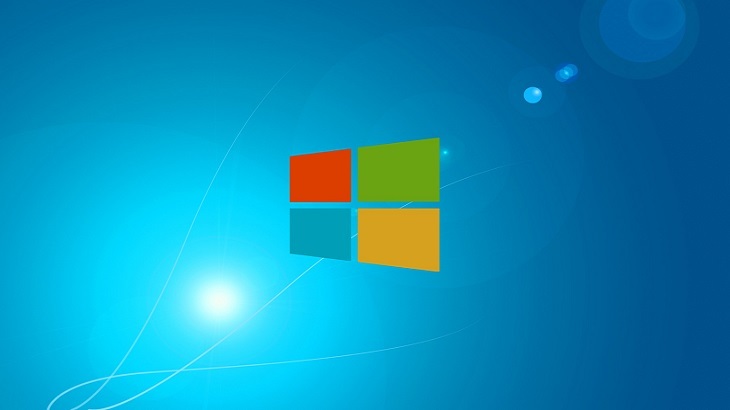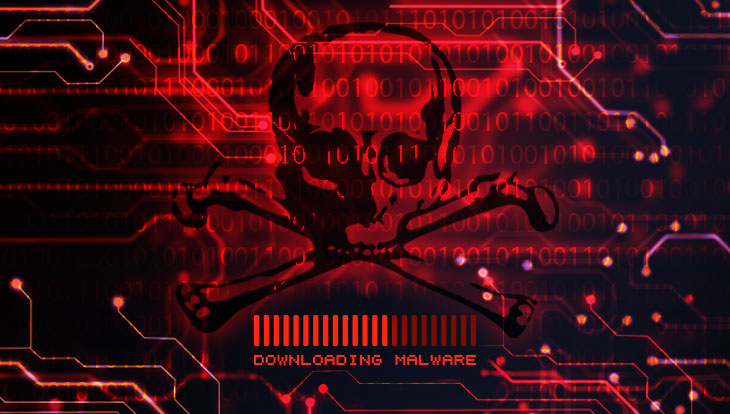Microsoft has released plans to end support for Windows 7 on January 14, 2020.
What Does this Mean?
The end of life (EOL) of Windows 7 means Microsoft will no longer provide any security patches, software updates, or customer support to Windows 7 operating system (OS) users. Fortunately, users have plenty of time to update their systems to Windows 10. For many home users, updating to Windows 10 will not be a major issue. Businesses, however, may face larger complications.
As some may know, moving a business over to an entirely new operating systems may lead to major complications. This may be due to legacy systems that aren’t compatible with Windows 10, training new employees on the new system, ensuring IT staff is available for the actual transition as well as the transition period, and the cost associated with all of the above. In addition, some of the recent Windows 10 updates have created more problems than benefits. This in itself has left businesses in no rush to migrate to this particular OS.
Unfortunately, there are few options available for these businesses running Windows 7.
Windows 7 User Options
Just because Microsoft is no longer supporting the OS, doesn’t mean it will stop working. Therefore, users can continue running the OS, but at their own risk. The lack of support means security patches and updates will not be available. Therefore, all known security vulnerabilities that are typically patched by Microsoft, will be left exposed, creating a security risk.
If users opt to keep Windows 7, their best line of defense will be using an application whitelist as their primary method of malware detection. The whitelist will not patch the known security holes but will prevent all malicious executables from running on the device. Therefore, if a hacker attempts to exploit these known security gaps by installing malware — the whitelist will not allow it to run, as it is not a known safe program.
The second option is for users to pay for extended Microsoft support. To determine the cost associated with this, users are encouraged to contact Microsoft directly.
Lastly, users can develop and implement a plan to transition their PCs from Windows 7 to Windows 10. Even if this option is chosen, an application whitelist security solution should still be implemented to effectively thwart malware attacks and keep data and endpoints secure.




